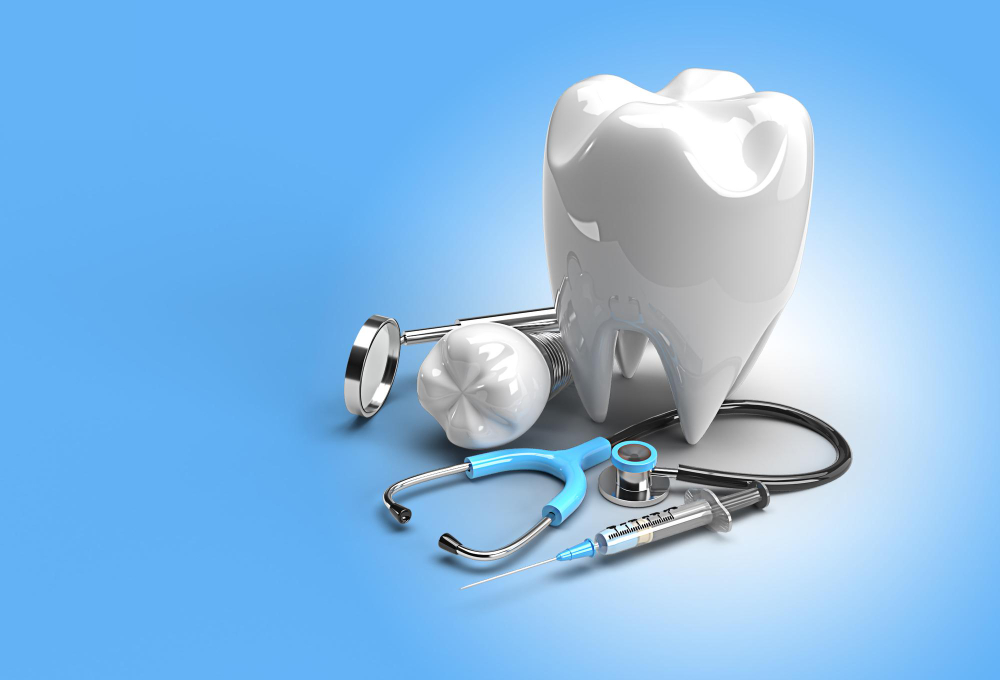When you plan a road trip, it’s a good idea to check your car’s components before hitting the road. This will help ensure that everything is in good working order and your vehicle is safe and reliable. With this checklist, you’ll know exactly what you need to do before setting off on your next big adventure!
1. Check Your Windshield Wipers and Fluid
The windshield wipers are a very important part of your car, as they are responsible for keeping the visibility clear. If you don’t take care of them, they will damage.
To ensure that your windshield wipers are in good condition, do the following:
- Check wiper blades regularly and replace the blades if needed (when they make noise and don’t clean properly).
- Pay special attention to a wiper fluid reservoir. You need to fill it with new fluid from time to time. This will ensure that you can easily operate your wipers in case of inclement weather where visibility may be impaired.
- Replace it whenever it gets low and you should also check the level periodically during a road trip. Low amounts of fluid can cause streaks and smears on your windshield during rainstorms. You don’t want to see that happening while driving down the highway.
- To do this, remove the reservoir cap and check the level of liquid inside with a flashlight.
- If it’s low, add more fluid using a funnel until it reaches its full capacity (below a couple of inches from the top).
2. Check the Tires
Before you hit the road, it’s a good idea to check your tires and make sure they’re properly inflated. Your tires are critical for safety, and underinflated tires can lead to tread separation, resulting in loss of control. If you have a slow leak, it will be harder for you to detect the problem since some air will seep out over time.
The first step is checking the tire pressure with an accurate gauge on each tire. If you notice drastic differences between front and back pressures, that may indicate wear on one side of the car. This is a dangerous sign. So, consider the following steps:
- Check all four tires before hitting the road.
- Besides checking your tires, it’s essential to replace worn-out ones. If you’ve been driving around on old tires for too long, it’s probably time to replace them with new ones.
- A lot of people don’t think about their car’s safety until they have an accident. But it’s important to keep up with regular maintenance so that all parts work together smoothly.
If there are issues with your tires, opt for mobile car repair services to get back on the road.
3. Watch Your Headlights And Tail Lights
To be safe on the road:
- Your car’s headlights should be bright and in good working condition. When driving at night, ensure that other drivers see you well in advance. This way, they can adjust their speed or move over if necessary.
- You should also check your tail lights for signs of damage. If you have cracked or chipped lenses, then this may cause other drivers to have trouble seeing you at night. This means that it might not be safe for them to pass you.
- Also, ensure they’re spotless so they reflect light well and don’t become dusty after a little while on the road.
Read more: What Kind Of Apps Do You Need For Planning A Motorcycle Trip?
4. Get a Quick Oil Change
Oils can accumulate dirt over time. Dirty oil is bad for engines because it reduces the function of vital components like the bearings and valve mechanisms. It’s also important to note that oil is a consumable item. If you don’t change it regularly, it will burn up in your car’s engine. This could cause damage or even a breakdown while you are driving.
Oil changes are especially important during long trips. Why? There are more chances that dirt and dust can clog up an engine faster than normal driving conditions would allow.
5. Check the Battery
Next, make sure that the battery is fully charged and working properly by using a voltmeter (if available). When the engine is starting slowly or the lights are dim, then it means that the battery is dying. If there are any problems with the battery or charging system, replace them before leaving home. This way you will reduce the risk of running into any issues along the way. As a good rule of thumb, you need to check your car’s battery at least twice a year.
6. Check the Brakes
Brake failure is one of the most common causes of accidents. If you notice any issues with your brakes, bring them to a repair shop right away.
Once you hear noises coming from the brakes, it’s time to replace them (this is a sign of worn items.) Also, when the pedal seems spongy, you should check the fluid level since it may be low.
Read more: Best Hiking Places For Beginners: The Ultimate Guide For Adventure Seekers
7. Have a Spare Tire
A spare tire is an essential part of any road trip. It can save your day if you get a flat on the road. So, make sure the spare tire is in good shape, not flat, with adequate tread depth, and properly inflated.
We hope this list of tips has helped you prepare your car for a road trip. Check the tire pressure and the brakes, get an oil change, and replace your windshield wipers and taillights if necessary. Safety is always the number one priority. That is why these are important things that can make driving safer when you have a trip with your family.




